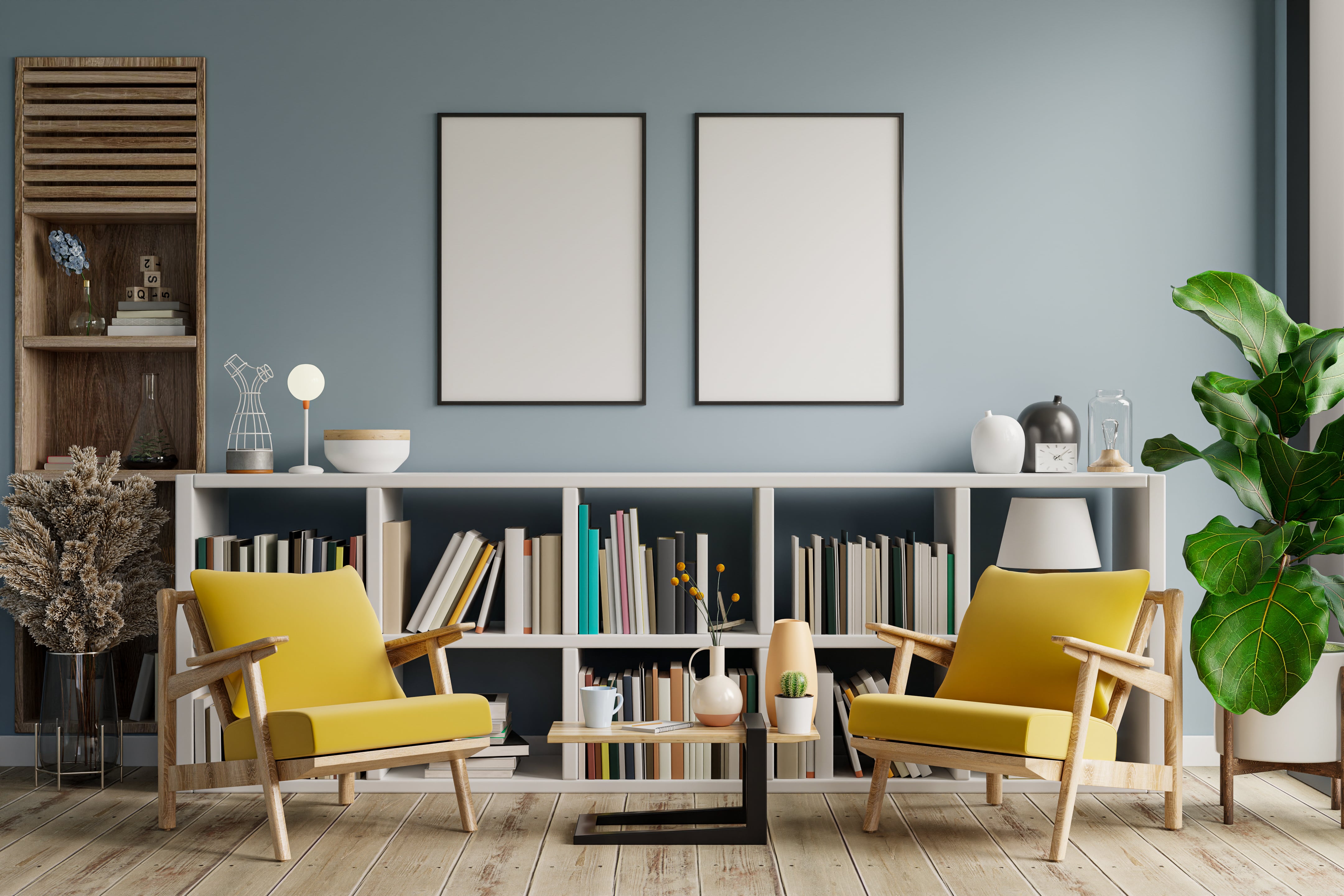
For quite a long time, home automation has been associated with huge costs, a complex and tedious assembly time, and a tortuous, lengthy process that would generally make us give up on the idea. However, this is now a thing of the past - with lower costs and easier construction, incorporating domotics into your home has become a common demand.
Experiencing is understanding
The great majority of people who have experienced living in an automated home will commonly feel quite uncomfortable returning to a life in a traditional home. Therefore, experiencing domotics first-hand is the key to understanding. Once you get to test the features and all the benefits in situ, such as the variety of options on a control panel, changing the color and intensity of lighting, managing environmental conditions, adjusting the temperature and controlling sensors, the concrete idea appears in your mind that is very hard to give up on.
Identifying genuine needs
Once you experience home automation, it’s easy to fall into the trap of wanting to control absolutely everything. However, this is something that needs to be approached reasonably. By its definition, home automation is globally intelligent, so it needs to operate as a system that facilitates other processes but does not unnecessarily complicate the homeowner’s life.
For instance, automating a coffee machine or your iron wouldn’t make any significant difference but the ability to program alarms, lights and cooling/heating systems at particular times of the day will. As a distance learning course in the creative process in product design is teaching us, it all starts with developing and shaping an idea but the key is turning it into a product or service that can respond to the particular needs of a user.
Aiming for integrated solutions
Once the specific needs have been identified, the recommendation is to plan integrated solutions that allow you to program and control your environment. For instance, when deciding on a predefined night setting, the system will manage, in a singular process, the diminution and closedown of lights, the closing of shutters or curtains, and the alarm activation. This doesn't mean that you can’t manage each option separately, but the entire process is easier and more effective when you consider them all from the onset as a whole integrated system.
Including domotics in initial plans
When incorporating home automation into an existing home, the architect’s job is to simply define the locations of the switches and other devices and their specific functions. With this plan, the company that installs the automation system is responsible for the process of electrical installation on-site, specifically the incorporation of the wiring necessary for the home automation. This type of cabling is even simpler than the traditional one and it only takes a single pipeline.
It's important to include home automation in the initial construction before the heavy work begins since, in more advanced stages, the process becomes much more complex.
Advantages of home automation systems
In the case of larger buildings such as hotels and apartment buildings, home automation can completely shut down spaces and rooms that are unused, and it can also give detailed control of the use that each guest or tenant. This means that if the heating is on and the window is open, the thermal system will shut down to cut energy waste. During the night, the system can be instructed to slightly reduce the temperature and so save a lot of energy without the user noticing.
Additionally, in buildings that use three-phase systems, there's the option of determining maximum monthly energy consumption, and thus avoiding exceeding the predetermined limit. The complete detail of daily, weekly, monthly or yearly consumption is given by the control panel.
With a centralized control panel and motion sensors, home automation can greatly support and facilitate the lives of older adults or people with disabilities. You can program the schedule of lighting, and for people with Parkinson's disease or other motor diseases, the switches can be programed to operate without touching them.
Including the alarm in a home automation system, you have the option to get notifications on your cell phone in detail including the footage off of surveillance cameras. In the case of other hazards, such as a water or gas leak, the system gives out warnings as well.
Fortunately, the idea of a smart home is no longer just a trend but more of a current necessity, so there are various options in today’s market that can help you design a smart home. With the use of the internet and Wi-Fi, you can automate almost every aspect of your home and enjoy the benefits of it. Hopefully, the pointers given here can help you understand how to integrate domotics into your home architecture so start making your wish list on what exactly you would like to have.
Written by Lillian Connors
About the Author
Lillian Connors can’t resist the urge to embark on a myriad of green living/home improvement projects and spread the word about them. She cherishes the notion that sustainable housing and gardening will not only make us far less dependent on others regarding the dwellings we inhabit, but also contribute to our planet being a better place to live on. You can check her out on Twitter and LinkedIn.
You may also like
Best Eco-Friendly Features for Luxury Homes
7 Eco-Friendly Considerations When Doing Laundry
Office Sustainability Ideas to Try at Home
7 Smart Ways to Make Your Kitchen Energy-Efficient
